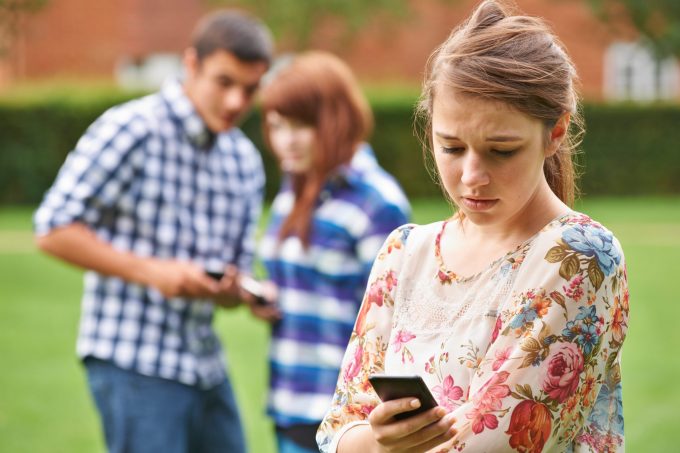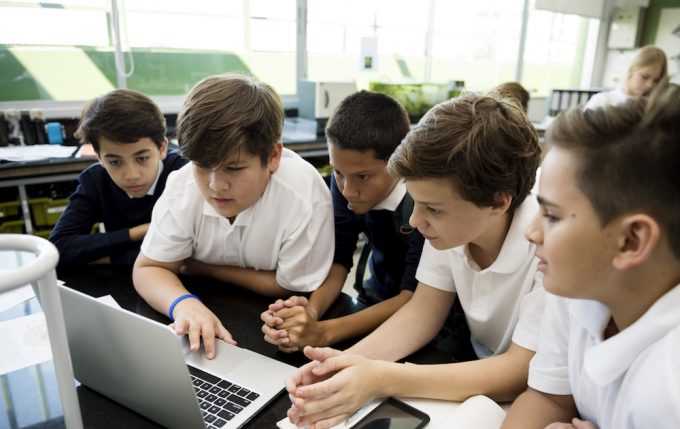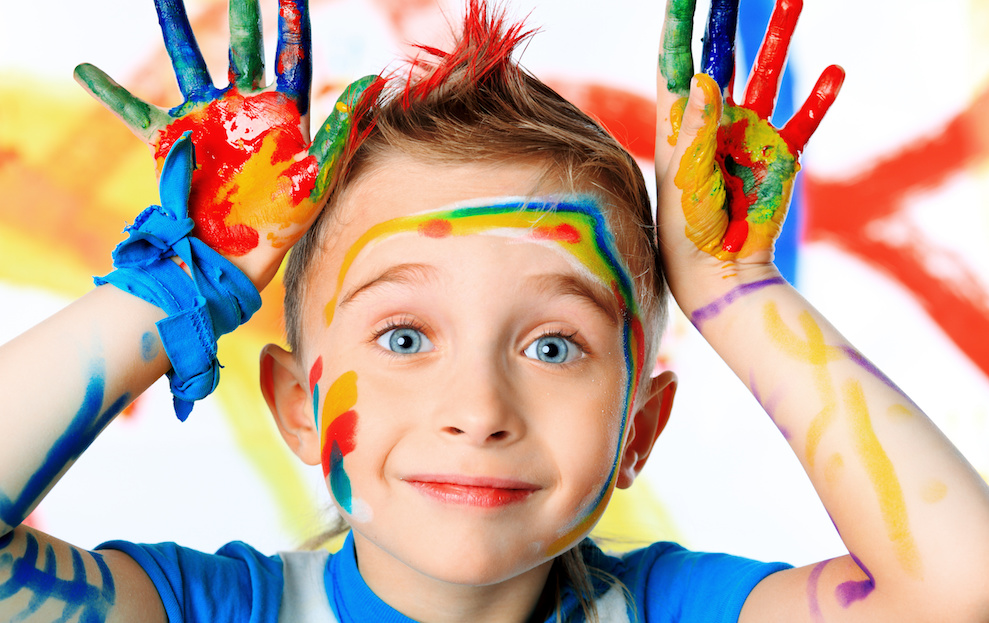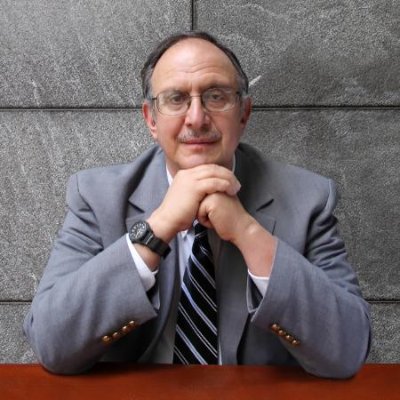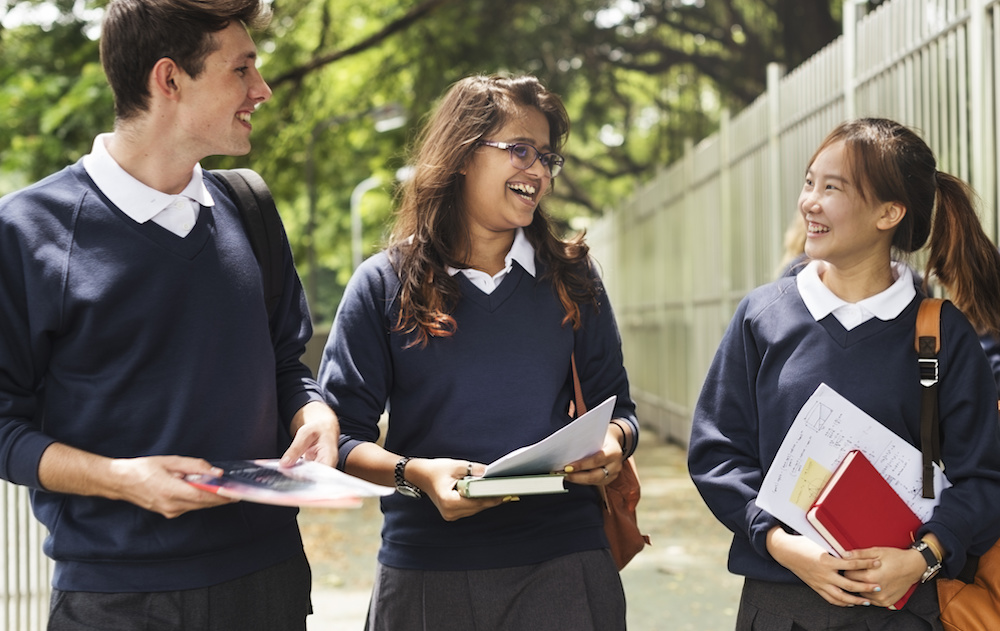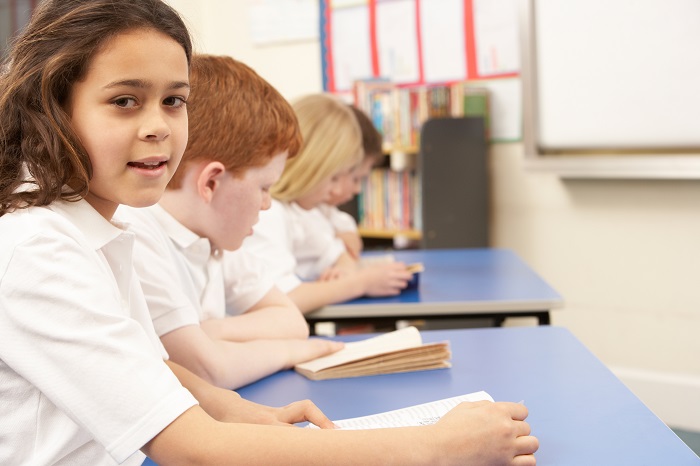
Of the original 250-plus languages and over 750 dialects spoken by First Nations peoples before 1788, only 12 are being learned by children today.
However, widely spoken contact languages – creoles and dialects – have emerged. One example is Aboriginal English, which is a broad term used to describe the many varieties of English spoken by Aboriginal people across Australia. Another example is Kriol, which is a creole language spoken across northern Australia.
These contact languages are not always recognised as the full languages they are by some educators and society generally.
Because of this, many First Nations children are not treated as second language learners. Their languages are sometimes viewed as deficient forms of Standard Australian English and can be “invisible” to teachers and education systems.
To improve educational outcomes for Aboriginal and Torres Strait Islander children who do not speak Standard Australian English as their first language, their language backgrounds must be recognised and valued.
What are contact languages?
Contact languages form when communication is essential between speakers of two or more languages. In Australia, this occurred between the speakers of Aboriginal and Torres Strait Islander languages and English speakers after the British invasion in 1788.
A variety of contact languages developed which are both similar to, and different from, each other. Some languages are more closely related to English, while others have more features of Aboriginal and Torres Strait Islander languages. Many of these contact languages are not officially named.
The features of contact languages often reflect the impacts of colonisation for communities across Australia. These factors contribute to their lack of recognition in Australian society, including school systems.
Our study
Little is known about contact languages, but many First Nations children all over Australia come to school speaking them as their first language.
Our research was conducted at three primary school sites in Far North Queensland. One group was made up of monolingual Standard Australia English speaking children. The other two groups were Aboriginal and Torres Strait Islander children who spoke Indigenous contact languages. The First Nations groups were located near each other, but despite their proximity, they differed.
One of the two First Nations groups was in a rural town where Standard Australian English is widely spoken and the children had a diverse range of language backgrounds. The other was in an Aboriginal community where one contact language was primarily spoken and exposure to Standard Australian English was limited.
Our research is intended to make the Standard Australian English language learning needs of many First Nations children more “visible” to educators. We identified some of the linguistic differences between Standard Australian English and the contact languages these First Nation children speak for testing.

First, we compared the short-term memory capacities of the three groups. The short-term memory capacities of all groups were the same, demonstrating all the children had the ability to store language in their short-term memories for immediate use.
Next, these students were asked to orally reproduce a range of simple sentences given to them in Standard Australian English to gauge their proficiency. There were 18 simple sentences of different syllable lengths – six, nine and 12.
Sample sentences included:
• The dog barks at the cats (six syllables)
• In the bush, they built houses from sticks (nine syllables)
• He always eats mangoes in the park with his friends (12 syllables).
Each sentence was marked for grammatical accuracy in Standard Australian English. The speaking ability of all three groups differed significantly. On average, the Standard Australian English-speaking group recorded 71.1% accuracy, the group of First Nations children with diverse language backgrounds scored 45.1% and the others who spoke the same contact language and lived in an Aboriginal community scored 29.6%.
We also examined students’ knowledge of four Standard Australian English grammatical features:
• the prepositions “at”, “in” and “on”
• plural “s” on nouns, for example cats
• simple present tense with a third-person singular “s”, for example, she runs
• simple irregular past tense, for example, they ate.
The Standard Australian English-speaking group and the speakers of contact languages differed significantly in all aspects except for the prepositions “at”, “in”, and “on” where there was no difference.
For the other grammatical features, the difference of accuracy between the Standard Australian English speakers and second group ranged from 12.1% to 20.8%, and for the third from 20.1% to 45%. Simple present tense with the third-person singular “s” was the most difficult feature for the speakers of Indigenous contact languages, and plurals the easiest.
These findings highlight the close relationship that exists between Indigenous contact languages and Standard Australian English, as well as the significant differences.
Speakers of Indigenous contact languages may be proficient in some aspects of Standard Australian English, as demonstrated by their use of prepositions but not others. The findings also showed significant differences between the two groups of First Nations children, which probably reflect their diverse language backgrounds and their differing levels of exposure to Standard Australian English.

Why does it matter?
Our findings showed the Standard Australian English speaking ability of Aboriginal and Torres Strait Islander students improved over their primary school years. However, it never reached the levels of their monolingual Standard Australian English speaking peers.
As children progress through school, the Standard Australian English language and literacy demands increase at such a rate that language gains are unlikely to be identified in either classroom-based or standardised assessments. Consequently, students’ achievements may not be visible or recognised in the classroom.
The impact of this can be seen in continued narratives of deficiency surrounding Aboriginal and Torres Strait Islander learners. The educational and social implications of this are considerable, and the educational outcomes for First Nations children who speak contact languages are a national disgrace.
What can be done?
To meet the Standard Australian English learning needs of First Nations students who speak contact languages, their languages must be recognised and valued in the classroom. Contact languages need to be treated with respect and understanding, and not viewed as incorrect forms of Standard Australian English.
To show respect and promote learning, we encourage teachers to learn about students’ first language/s and include them in the classroom. Students should feel free to express themselves in whichever language they choose, recognising their first language/s play an important role in learning.
All teachers need to understand how language is learned and should be supported to effectively teach Standard Australian English alongside curriculum content. Language skills are the cornerstone of literacy and educational development. Teachers should explicitly teach Standard Australian English and provide students with the opportunity to practise their language skills.
Targeted training needs to be delivered in initial teacher education courses and through professional development for those already teaching.
In the current climate of heavy responsibilities on time-poor teachers, sufficient funding and time must be given for teachers to gain the skills required.
To provide a fair and equitable education for all, the language backgrounds of First Nations children should be embraced in their education settings and the broader systems.![]()
Carly Steele, Lecturer, Curtin University; Dr. Graeme Gower, Associate professor, Curtin University, and Gillian Wigglesworth, Professor of Linguistics and Applied Linguistics, The University of Melbourne
This article is republished from The Conversation under a Creative Commons license. Read the original article.

